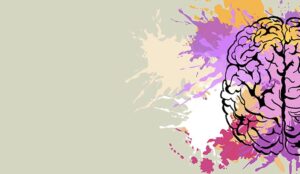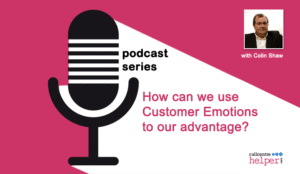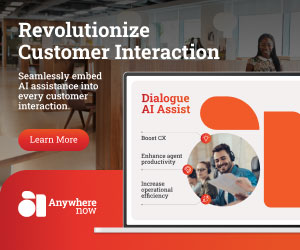I watched the recent solar eclipse from my home in Sarasota, USA, standing in the blistering Florida heat as the moon’s shadow gradually ate away at a little circle of light projected through a pinhole.
It all seemed to be over very quickly! But it’s our memories of the eclipse, more than the eclipse itself, that will shape our feelings about it.
The eclipse is a good example of the way our experiences are influenced by our memories, a critical issue for any company that is serious about improving its customer experience.
How Our Memories Are Formed
In her 1982 essay, Total Eclipse, Annie Dillard wrote about viewing a total eclipse in 1979:
“I had seen a partial eclipse in 1970. A partial eclipse is very interesting. It bears almost no relation to a total eclipse. Seeing a partial eclipse bears the same relation to seeing a total eclipse as kissing a man does to marrying him . . ..”
Dillard is comparing her memory of two eclipses. These memories are influenced by a variety of factors which our brains analyze and incorporate without us even noticing:
- Did I enjoy the experience?
- How did I feel at the end?
- How did this compare to other events I’ve seen?
- What stands out in my mind, good or bad?
- How did my experience measure up to what I expected?
If you live in Charleston, S.C., your eclipse memory might be one of disappointment because the total eclipse was “eclipsed” by clouds.
A friend from Portland, Oregon will remember that he missed the big show because a cancelled flight stranded him in San Francisco.
Others will hold different memories depending on whether they saw a total or partial eclipse, where they were, and who they were with.
As I stood sweating on my lawn and squinting at a tiny circle of shrinking light, I was thinking, “Well, this doesn’t look like much!”
But, I also had a pleasant chat with our neighbors, shared eclipse-viewing devices, and looked at photos texted by friends.
On TV, we saw telescope video of the total eclipse, watched darkness envelop a stadium in the Midwest and heard people’s awestruck reactions.
When I was experiencing the eclipse, I was relatively unimpressed. But afterwards, when my brain had the chance to incorporate all these other influences, my memory became something quite different.
The eclipse was amazing!
Lessons for Customer Experience
In my book, The Intuitive Customer: 7 imperatives for moving your Customer Experience to the Next Level, Professor Ryan Hamilton and I explain that memory is the most important driver of value and long-term loyalty for a brand.
Like our memories of the eclipse, a customer’s memory of an interaction, more than the interaction itself, is what is important.
You must understand how memories are formed so you can give customers a memory that will make them want to do business with you again. This means you may need to alter the way you are measuring the customer’s experience.
For example, if you ask for feedback immediately after an interaction – say, you direct people to a survey after they phone your call centre – you may not be giving them enough time to form a memory.
Their reactions will be based on the experience itself, when the important information in the long run is the memory they have of their interaction.
It is important, too, to be clear about the part of the experience you are measuring. If you asked me about the eclipse itself, I might give you a lukewarm review. But, if you asked about my experience of watching it, my answer would change significantly.
Customers have an ‘experiencing self’ and a ‘remembering self’ and they choose between memories.
To create a better Customer Experience, make sure you’re working to improve the quality of those memories.
Author: Guest Author
Published On: 29th Aug 2017
Read more about - Guest Blogs















